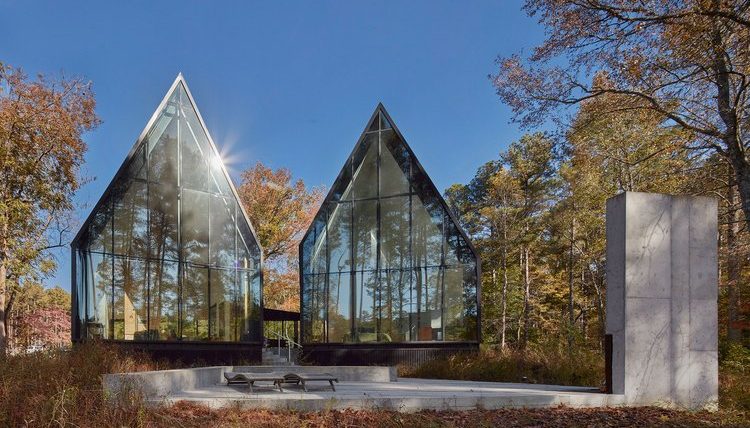Adam Tihany started his design career by process of elimination.
A veteran of Israel’s 1967 Six Day War, he began to look around after the conflict for a university where he could study and see the world. His research yielded two options: veterinary school in Bologna or architecture school in Milan.
He chose Milan, for good reason.
“The only thing I knew about architecture was that I didn’t want to be veterinarian,” he says.
Since then he’s carved out a 30-year career in hospitality design, working with hotels, restaurants, and celebrity chefs worldwide – from New York to Dubai to Beverly Hills to Venice, Italy.
“I was the first person in the U.S. to call himself a restaurant designer, and I’m also the unofficial father of the profession,” he says. “I was one of the first to work with celebrity chefs, who at the time weren’t celebrities at all – they were just chefs.”
His new book from Rizzoli, Tihany: Iconic Hotel and Restaurant Interiors, describes his design process for 15 projects, with an introduction by Thomas Keller, noted American chef, restaurateur, and cookbook writer whose restaurants include The French Laundry and Per Se.
“It’s almost a listing of historical signposts around the world,” Tihany says. “It’s a documentation of my career, illustrated very lavishly, and more significantly, it defines how people consume restaurants and hotels these days.”
With a world view influenced by Kahn, Lapidus, Saarinen, and Brunelleschi, Tihany designs experiences as much as he does interiors. “We tell stories – it’s no different than when you present a storyboard for a film,” he says. “It’s a fantasy – we invent it, design it, and build it.”
That’s true for his work in Dallas at Joule, in Las Vegas at Aureole,* and at the Burj Khalifa with At.mosphere. He’s about to finish renovations to two more cherished icons of hospitality: the Beverly Hills Hotel in Los Angeles, and the Italian restaurant at the Cipriani Hotel in Venice.
At the latter, he’s been given carte blanche.
“We’re designing everything – the interiors, the hurricane lamps, the uniforms, the linen tablecloths, and the invitations for the grand opening,” he says.
Sure, he might have turned out to be a fine veterinarian. But dining around the world just wouldn’t be the same.
[slideshow id=1132]

